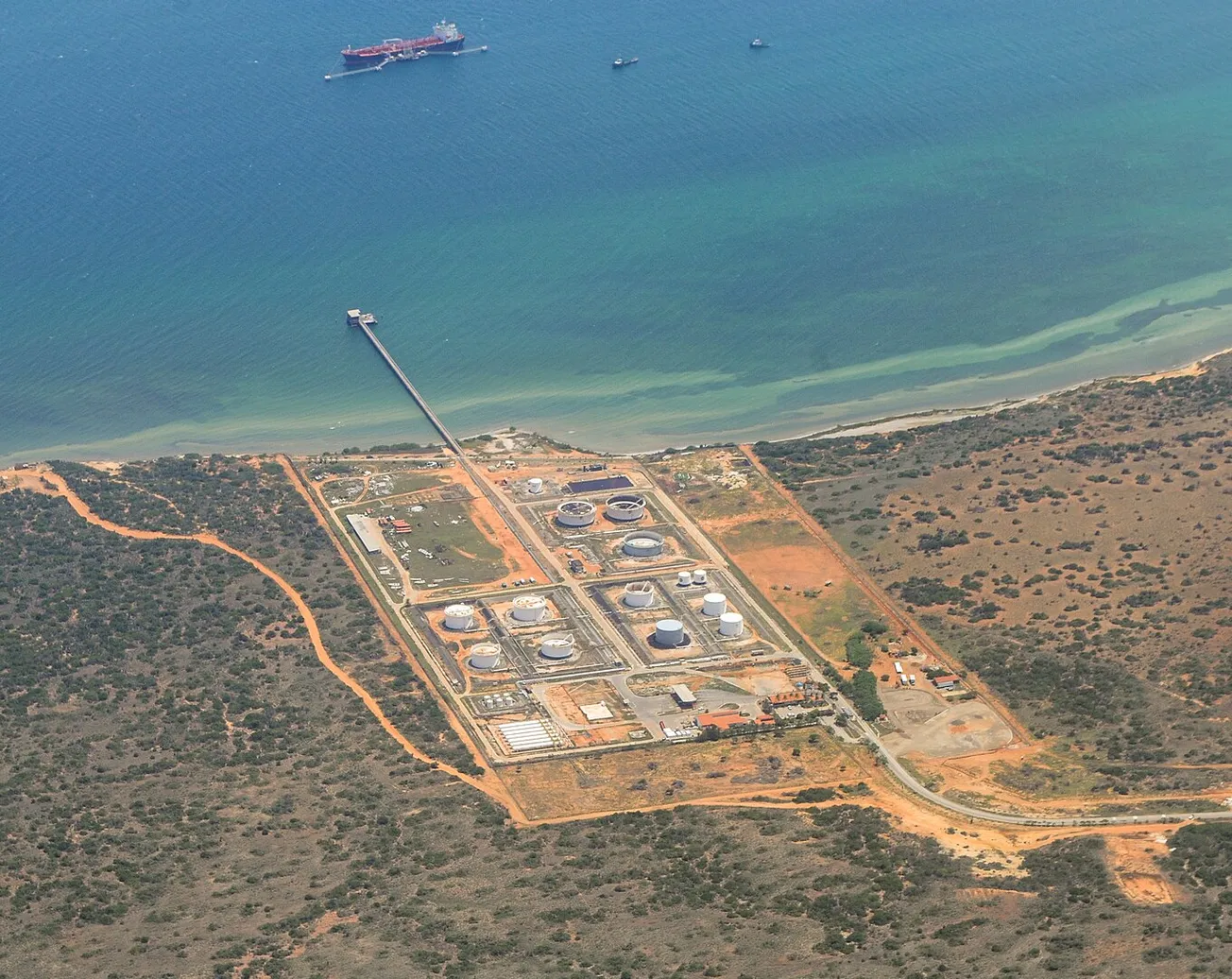While we learn that wages and salaries in manufacturing industries are the highest wages in most countries, in the United States the industry which for many decades paid the most—the auto sector—has cut its workers’ wages the most savagely in the 21st century. EIR reported on this when the UAW strikes began; the Washington Post on Oct. 1 added a quantifying graph, showing that auto workers’ pay, since 2003, has dropped further than that in any other of 166 industries tracked by the U.S. Census Bureau. Adjusted for inflation, auto workers’ real wages are 30% lower than in 2003—and that is the “first tier” workers who were in the industry before the GM and Chrysler bankruptcies of 2009. The “second tier” workers hired since 2009 make only 60% of the “first tier” workers’ wages. Thus these newer workers’ real wages are 60% lower on average than UAW members earned in 2003; these assembly line and auto systems workers are actually categorized as “low-wage workers” in U.S. Labor Department data.
This unmatched collapse in wages of American workers can be laid at the door of the Bush and Obama Administrations, which forced UAW wages down as plants closed and bankruptcy struck GM and Chrysler in the 2004-2009 period; but also, of the slandering and persecution of Lyndon LaRouche. Out of prison and free to organize in that period, LaRouche won many UAW local leaders and pro-labor local elected officials to a legislative act, the Economic Recovery Act of 2006. Researchers in LaRouche’s movement uncovered a situation in which nearly 70 auto assembly and parts plants in North America were being closed down by the three biggest automakers alone, and detailed these plants’ capabilities for economic reconstruction. The Economic Recovery Act created a federal Infrastructure Plants Corporation, to nationalize the closing plants and retool their extraordinary machine-tool capabilities for building new infrastructure such as lock-and-dam systems, rail corridors, port facilities, elements of nuclear power plants, and housing.








